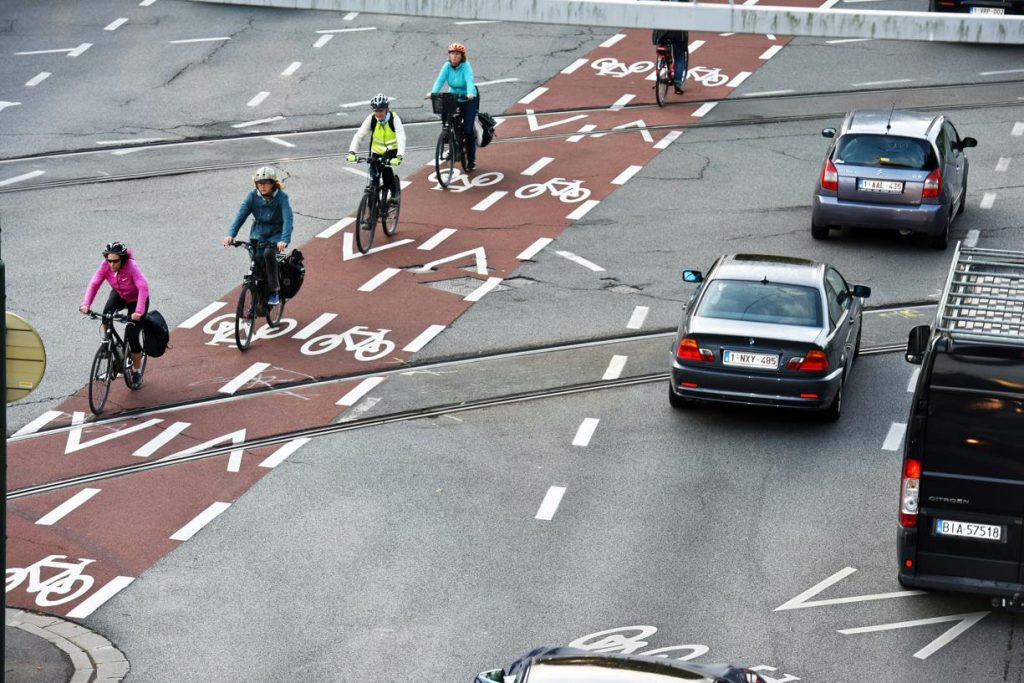While a few municipalities across Flanders are benefitting from all of the region's new "Copenhagen Plan" cycling subsidies to create 1,000 kilometres of extra cycle tracks by 2025, some 100 municipalities are not benefitting from the project at all.
A year ago, Flemish Home Affairs Minister Bart Somers launched his so-called "Copenhagen Plan," named after the Danish capital city praised for its cycling infrastructure. For every €2 that cities and municipalities would invest in the construction or improvement of a cycle path, the Flemish government would add an extra euro.
The interest in the project turned out to be higher than expected and applications were submitted for a total of 1,644 kilometres of cycle paths across the region, with the Flemish Government investing €157 million into these paths. Adding the money coming from the local authorities, the total investment adds up to €412 million.
Large local differences
The provinces, too, are getting their share: for every euro they invest, especially in cycling highways, Flanders is adding one euro on top of this amount.
However, the number of applications exceeded the budget, meaning not every municipal council could receive the support it had hoped for. Each council was given a budget limit.
"The hope is that by 2025 when the works are finished, we will end up with 1,000 kilometres of new or renovated cycle paths," Somers' spokesperson told De Morgen.
Strikingly, there are large local differences: about 100 municipalities have not submitted any applications for support at all; mainly rural ones, with clusters in the West Flanders and Limburg provinces.
Related News
- Barely 5% of Flemish cycle paths meet new standards
- Brussels creates new stretch of cycle path on Small Ring Road
- Flanders surpasses target of 1,000 km of new cycle paths
While it is a Limburg municipality (Maaseik) that takes the crown, with a subsidy of €244 per inhabitant, the surrounding municipalities, such as Kinrooi (€2 per inhabitant) and Bree (€0), are collecting a lot less.
The same happened in the municipality of Wichelen in East Flanders, which received the second-highest amount (€ 201/inhabitant), while its neighbouring municipality Berlare only received €108, and Wetteren, Lede and Dendermonde get nothing.
Flemish MP for the Groen ecologist party Stijn Bex told De Morgen that it is a pity that the funds are so concentrated. "Of course, it is positive that money is going to cycle paths, but you notice that the money is mainly taken up by local authorities that are already frontrunners in terms of bicycle safety. The municipalities that are lagging behind are once again left by the wayside. So the gap is growing."
Half of the budget is going to 25 municipalities, said Bex, who also criticised the fact that the new cycle lanes do not have to comply with the new rules adopted last summer. Technically, a cycle lane must be 2 metres wide if it runs in one direction, and 3 metres for both directions, from now on, but this is not always the case for the new lanes, even if those guidelines remain recommended.
"Getting around smoothly and safely by bike should not depend on the municipality where you live, but should be guaranteed everywhere," Groen said. "Bex wants the call for projects to be repeated and improved – so that all municipalities can participate."

